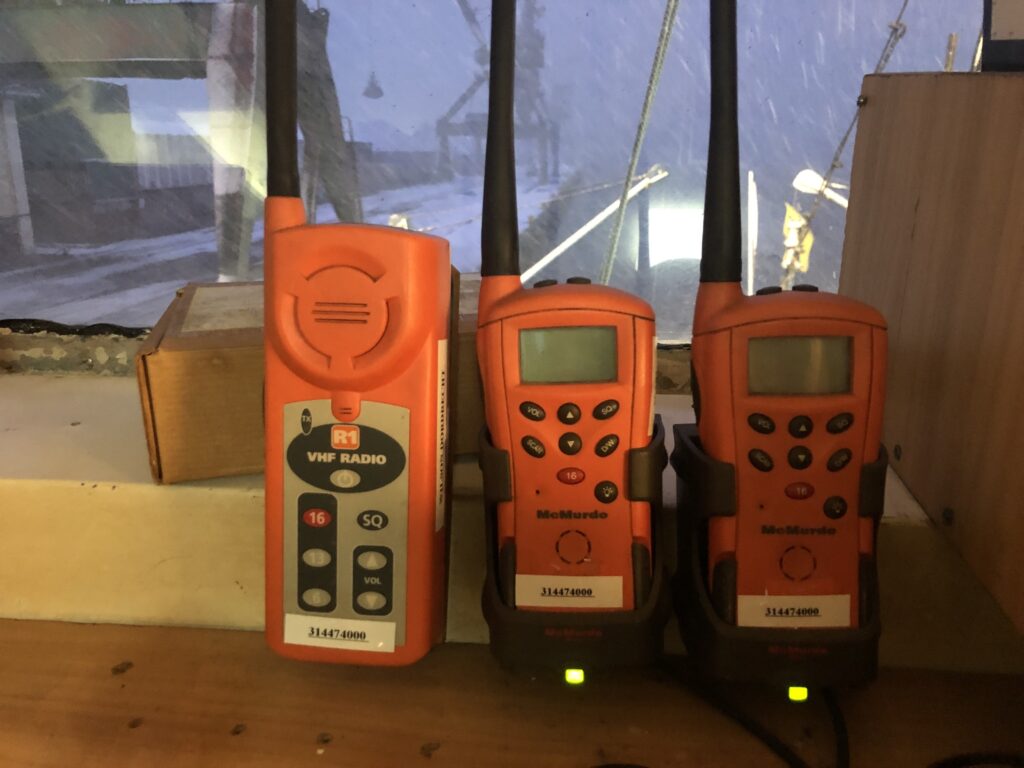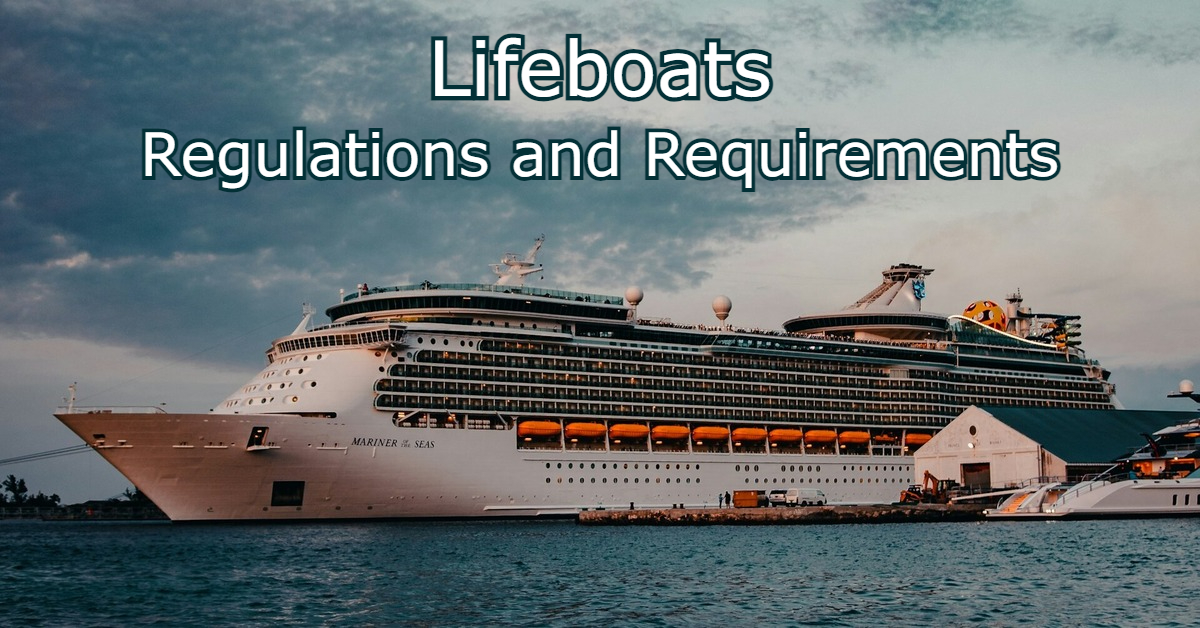Pilots, police officers, military officials, and maritime officers communicate through radio and phone calls. The recipients need to receive the exact information, but sometimes it isn’t easy. In poor networks or obstruction from background noise, people use spellings of different words to ensure they pass accurate information. So what is the NATO phonetic alphabet?
The NATO phonetic alphabet is a standardized system that spells letters and numbers over radio or telephone communications. It consists of 26 code words, each representing one letter of the English alphabet, and 10 code words, each representing one digit from 0 to 9. The code words are designed to be easily recognized and understood, even in noisy or chaotic environments.
For example, the letter “A” is represented by the code word “Alpha,” “B” by “Bravo,” “C” by “Charlie,” and so on. The NATO phonetic alphabet is used by military organizations, emergency services, aviation and maritime industries, and other groups that need to communicate important information quickly and accurately.
The NATO phonetic alphabet is a specific set of words representing each of the 26 letters of the alphabet. Different bodies led by the North Atlantic Treaty Organization (NATO) and the International Civil Aviation Organization (ICAO) selected the 26 code words and compiled them.
Full NATO phonetic alphabet is: Alpha, Bravo, Charlie, Delta, Echo, Foxtrot, Golf, Hotel, India, Juliett, Kilo, Lima, Mike, November, Oscar, Papa, Quebec, Romeo, Sierra, Tango, Uniform, Victor, Whiskey, X-ray, Yankee, and Zulu.

The popular phonetic alphabet came to the surface in 1956 and is currently adopted by different professional bodies to make communication more effective. It helps information recipients avoid spelling mistakes that may otherwise lead to great damage, especially in the medical and military fields.
In this post, we have compiled the code words used in NATO phonetics, how to learn them and why it is widely used. Read on and find out more.
The Purpose Of The Nato Phonetic Alphabet And Its Use In Communication
The NATO phonetic alphabet, also known as the International Radiotelephony Spelling Alphabet, is a standardized system used in communication to spell out words and convey clear and precise information.
The NATO phonetic alphabet was first adopted by the North Atlantic Treaty Organization (NATO) in the 1950s. It is a standardized set of words used to represent each letter of the alphabet in clear and concise communications.
Over time, the use of the NATO phonetic alphabet has expanded beyond just NATO and is now used by a variety of organizations, including military, aviation, and law enforcement, among others. The widespread use of the NATO phonetic alphabet has led to its adoption as an international standard for communication.
The purpose of the NATO phonetic alphabet is to eliminate confusion and misunderstandings that can occur when conveying letters or words over communication systems, especially in noisy or high-stress environments such as military operations, air traffic control, and emergency services.
Each letter of the alphabet has a corresponding code word, such as “Alpha” for “A,” “Bravo” for “B,” and so on, to ensure that the correct letter is communicated and understood by the recipient.
The use of the NATO phonetic alphabet helps to ensure accurate and effective communication, reducing the risk of errors and improving overall communication reliability.
Codes Used in the NATO and Their Phonics
| Letter in the Alphabet | Codeword | Pronunciation |
| A | Alfa | AL-FAH |
| B | Bravo | BRAH-VOH |
| C | Charlie | CHAR-LEE |
| D | Delta | DELL-TAH |
| E | Echo | ECK-OH |
| F | Foxtrot | FOX-TROT |
| G | Golf | GOLF |
| H | Hotel | HOH-TEL |
| I | India | IN-DEE-AH |
| J | Juliett | JEW-LEE-ET |
| K | Kilo | KEY-LOH |
| L | Lima | LEE-MAH |
| M | Mike | MIKE |
| N | November | NO-VEM-BER |
| O | Oscar | OSS-CAH |
| P | Papa | PAH-PAH |
| Q | Quebec | KEY-BEC |
| R | Romeo | ROW-ME-OH |
| S | Sierra | SEE-AIR-RAH |
| T | Tango | TANG-GO |
| U | Uniform | YOU-NEE-FORM |
| V | Victor | VIK-TAH |
| W | whiskey | WISS-KEY |
| X | X-ray | EKS-RAY |
| Y | Yankee | YANG-KEY |
| Z | Zulu | ZOO-LOO |
The words chosen to represent the 26 letters of the alphabet are common and distinct. Many users are conversant with the words as they denote names and objects, we use daily. They are also easy to pronounce. People from different dialects can use NATO phonics for spellings without distorting information.
Do Natural Numbers Have Phonics?
Like letters of the alphabet, natural numbers were assigned phonics, as highlighted below.
| Number | Codeword | Pronunciation |
| 1 | one | WUN |
| 2 | Two | TOO |
| 3 | Three | TREE |
| 4 | Four | FOW-ER |
| 5 | Five | FIFE |
| 6 | Six | SIX |
| 7 | Seven | SEV-EN |
| 8 | Eight | AIT |
| 9 | Nine | NIN-ER |
| 0 | Zero | ZEE-RO |
The NATO phonetics in the alphabet and other phonetics are inappropriately called phonetics since they do not function like actual phonetics used in transcription.
Differences between the NATO Phonetic Alphabet and Other Phonetic Alphabets
| NATO Phonetic Alphabet | Other Phonetic Alphabets |
| Commonly used by the military, police, radio presenters, and medical practitioners to spell out terms related to their various fields | Commonly used by linguists, teachers of different languages, and speech therapists to teach the correct spelling of words to their audience. |
| Used by people from different language backgrounds worldwide | Differs from one language to another. |
How and When To Use the NATO Phonetic Alphabet
NATO phonetic alphabet users spell out words and numbers using the phonics for each letter. Suppose you are on a phone call with a person whose accent is heavy. While conversing, if you miss getting the word ‘premier’, its spelling will be P as in PAH-PAH, R as in ROH-ME-OH, E as in ECKO, M as in MIKE, I as in IN-DEE-AH, E as in ECKO and R as in ROH-ME-OH.
The code words in the NATO alphabet denote the first letter of the alphabet in each of the words. For example, X-RAY denotes the letter X while ALFAH denotes the letter A.
The NATO Phonetic Alphabet is a standardized set of words used in communication to clearly convey letters and numbers. This alphabet is commonly used in various settings where clear and accurate communication is essential, such as aviation and maritime communications.
In aviation, the NATO phonetic alphabet is used in air traffic control and air-to-air communications between pilots and air traffic controllers.
In maritime communications, the alphabet is used in ship-to-ship and ship-to-shore communications to accurately convey information such as vessel names, positions, and intended movements.
These examples highlight the importance of the NATO phonetic alphabet in ensuring clear and effective communication in high-stress, safety-critical environments.
How to Learn the NATO Alphabet
Learning the NATO alphabet is as simple as learning the lyrics of your favorite song or internalizing a poem. We have different ways of memorizing ideas and names, and the easiest for you is the most applicable.
A proven common way of learning the alphabet is by grouping. Here, you split the alphabet letters into groups, say five or six, and memorize one group before moving to the next.
Consider the first six letters of the alphabet, A, B, C, D, E, and F.
It is easier to say “Alfa, Bravo, Charlie, Delta, Echo, and Foxtrot” in one sentence. After you internalize this, you move to the next six letters.
You may find it challenging initially, but after continued usage, it becomes engraved in your subconscious mind.
The NATO phonetic alphabet is a widely used tool for clear communication in various industries, including aviation and maritime communications. If you’re looking to learn and master the alphabet, there are numerous resources available online. Some options include online courses, practice exercises, and interactive quizzes.
These resources can help you understand the purpose and use of each word in the alphabet, and give you the opportunity to practice pronunciation and recall.
By utilizing these resources and incorporating the NATO phonetic alphabet into your communication practices, you can improve your ability to effectively convey information and minimize confusion in high-stress situations.
Why is the NATO Phonetic Alphabet Important?
This popular alphabet plays a crucial role in communication between people in the military, the medical field, and the police. People from different languages like English, French, and German can pass crucial information accurately using the NATO alphabet.
In the corporate world, business owners communicate with clients from different parts of the world. The NATO phonetic alphabet is crucial in passing information, especially for those with heavy accents.
Who Should Learn the NATO Alphabet?
Learning the NATO alphabet is beneficial to everyone. If you plan to join the military, police, medical field, or Forensic science, learning these phonetics will help you understand the different jargon used in these fields. Movie enthusiasts can also learn phonetics to help them understand and follow action movies.
It also improves our pronunciation, especially in terms used by different professionals.
What Makes the NATO Phonetic Alphabet Popular?
The NATO phonetic was compiled by agencies from many countries and accommodated different languages. Unlike other phonetic alphabets, which cater to a specific language, the NATO alphabet helps people from different backgrounds communicate effectively.
Also, the code words used in the alphabet were carefully selected, and their intelligibility was tested, making them easy to master and apply. People from different backgrounds and professions are conversant with the names used in the alphabet.
Final Thoughts
The NATO phonetic alphabet is one of the easiest to use but is very important. Pilots can communicate effectively with their crew from different backgrounds, and medical practitioners can give accurate information and descriptions after diagnosis.
Most businesses are operating globally, with customers and clients from different dialects and the NATO alphabet comes in handy to affect their communication.
If you have not learned this crucial phonetic alphabet, it is never too late to learn. Start today and boost your communication efficiency.





Leave a Reply